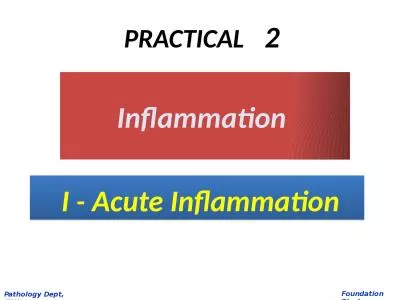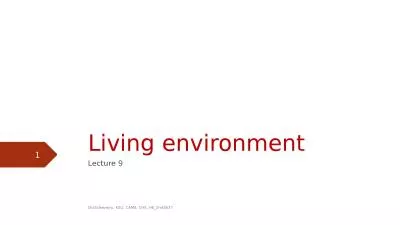PPT-EPIDEMIOLOGY KSU College of Applied Medical Sciences
Author : giovanna-bartolotta | Published Date : 2018-10-21
CHS 334 Epidemiology Mohammed S Alnaif PhD alnaifksuedusa 21051437 Dr Mohammed ALnaif 1 Research Methodology Research Methods is a systematic and principled way
Presentation Embed Code
Download Presentation
Download Presentation The PPT/PDF document "EPIDEMIOLOGY KSU College of Applied Medi..." is the property of its rightful owner. Permission is granted to download and print the materials on this website for personal, non-commercial use only, and to display it on your personal computer provided you do not modify the materials and that you retain all copyright notices contained in the materials. By downloading content from our website, you accept the terms of this agreement.
EPIDEMIOLOGY KSU College of Applied Medical Sciences: Transcript
Download Rules Of Document
"EPIDEMIOLOGY KSU College of Applied Medical Sciences"The content belongs to its owner. You may download and print it for personal use, without modification, and keep all copyright notices. By downloading, you agree to these terms.
Related Documents














